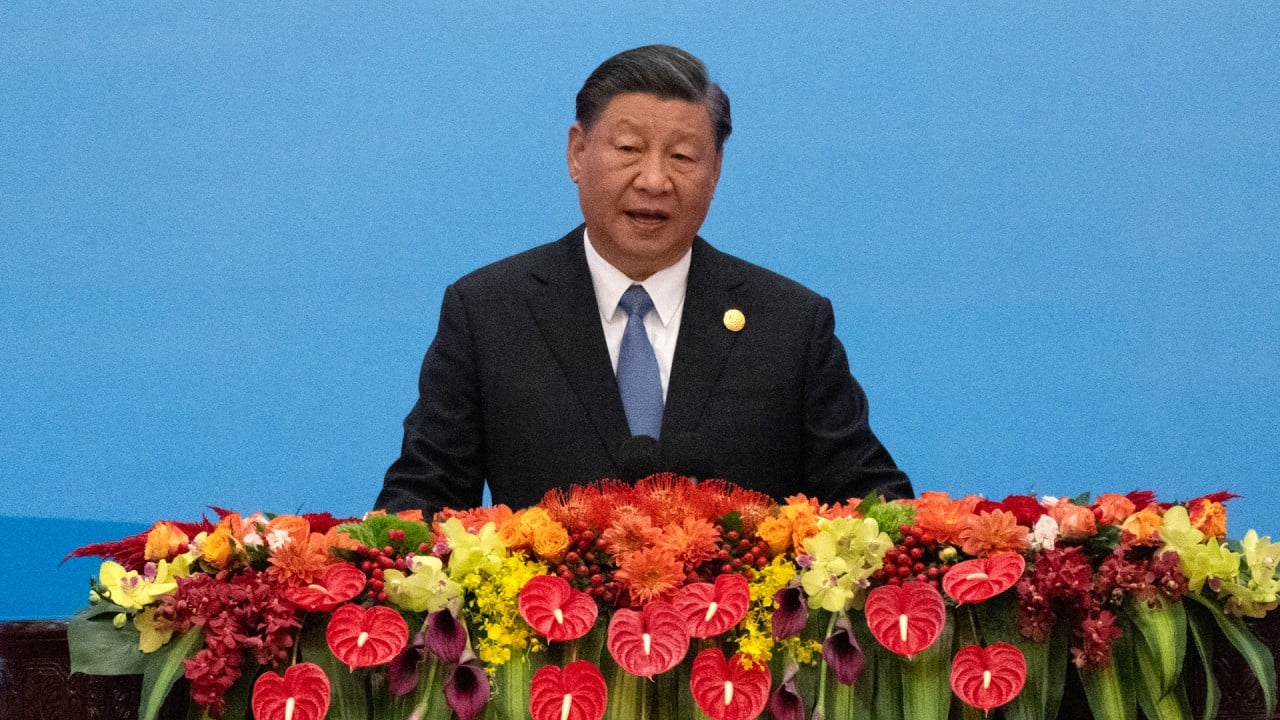Is China’s barter trade experiment working as sanctions risk grows?

They can also reduce the visibility that Western regulators have over their bilateral transactions, while also limiting currency risks.
In particular, Russia sought to strengthen trade ties with China – the number one exporter in the world – to offset economic sanctions.
Due to the threat of secondary sanctions, Chinese banks are extremely cautious about processing payments for trade with Russia, with many exporters suffering from payment delays.
And although yuan has been gaining popularity in global payment, countries part of China’s Belt and Road Initiative often have weak financial systems, high currency volatility and low levels of foreign currency reserves, making them difficult trade partners.
However, countries with rich natural resources are considering exchanging their raw materials for Chinese goods.
What measures are used to encourage barter trades?
Barter deals between Moscow and Beijing were common before the Soviet Union collapsed and continued into the 1990s.
However, China’s State Council abolished regulations that governed barter trades in 2016.
Since then, the central government has not offered any substitutes or up-to-date regulations on barter trades at the national level.
But in 2020, the State Council and the Ministry of Commerce issued a document to support explorations of “new types” of barter trades.
Many local governments have since followed the guidelines in developing pilot projects to promote goods-for-goods cross-border deals.
And even though there is a regulatory code from China’s customs to track such transactions, many barter trades, which are relatively small in size, have been recorded as ordinary trade.
Hainan province reported 2.3 billion yuan (US$322 million) of barter trades in 2022, accounting for 99.5 per cent of all barter trades in China.
Shandong province, meanwhile, booked 4.16 million yuan worth of barter trades in 2022.
What are the ‘new types’ of barter trades in China?
It appears anything can be traded since the release of the guidelines from the State Council and Ministry of Commerce in 2020.
In 2021, Mashitong International Trading from Ningbo – a major port and industrial hub in eastern China’s Zhejiang province – exported US$2 million worth of auto parts to Iran in 2020 in exchange for pistachios.
The pistachios arrived at Ningbo Zhoushan port in February 2021.
The import and export documents were reviewed by the Chinese foreign exchange regulator that completed the barter trade, according to a statement from the Ningbo government in March 2021.
There have also been barter trades in Chinese-made wigs for bronze sculptures from Benin, as well as red grapefruits from South Africa for Chinese building materials.
Shaoyang, a city in the southwestern Hunan province, said last year it would use barter trade as a way to promote its manufacturing, bringing in “foreign technologies and products”.
What is the outlook for barter trades in China?
Some Chinese companies have been lobbying for clearer guidelines on barter trades in pilot areas, including Jia Shaoqian, the chairman and president of Shandong-based household appliance and electronics manufacturer Hisense Group.
Jia argued that barter trades would help companies solve the difficulties of foreign exchange payment and large exchange rate fluctuations, while also circumventing international trade barriers imposed by the US.
Transport for barter trades is likely to be by road, which will cost more, while delivery will take longer, potentially putting off smaller Chinese exporters.
Hunan province is also asking companies to consider settling trades in the currency of the exporting country.
Chinese exporters have been encouraged to sell goods to African countries and receive payment in their national currency.
The exporter would then make a purchase using the local currency and import the products back to China and get paid in yuan.
Source link





